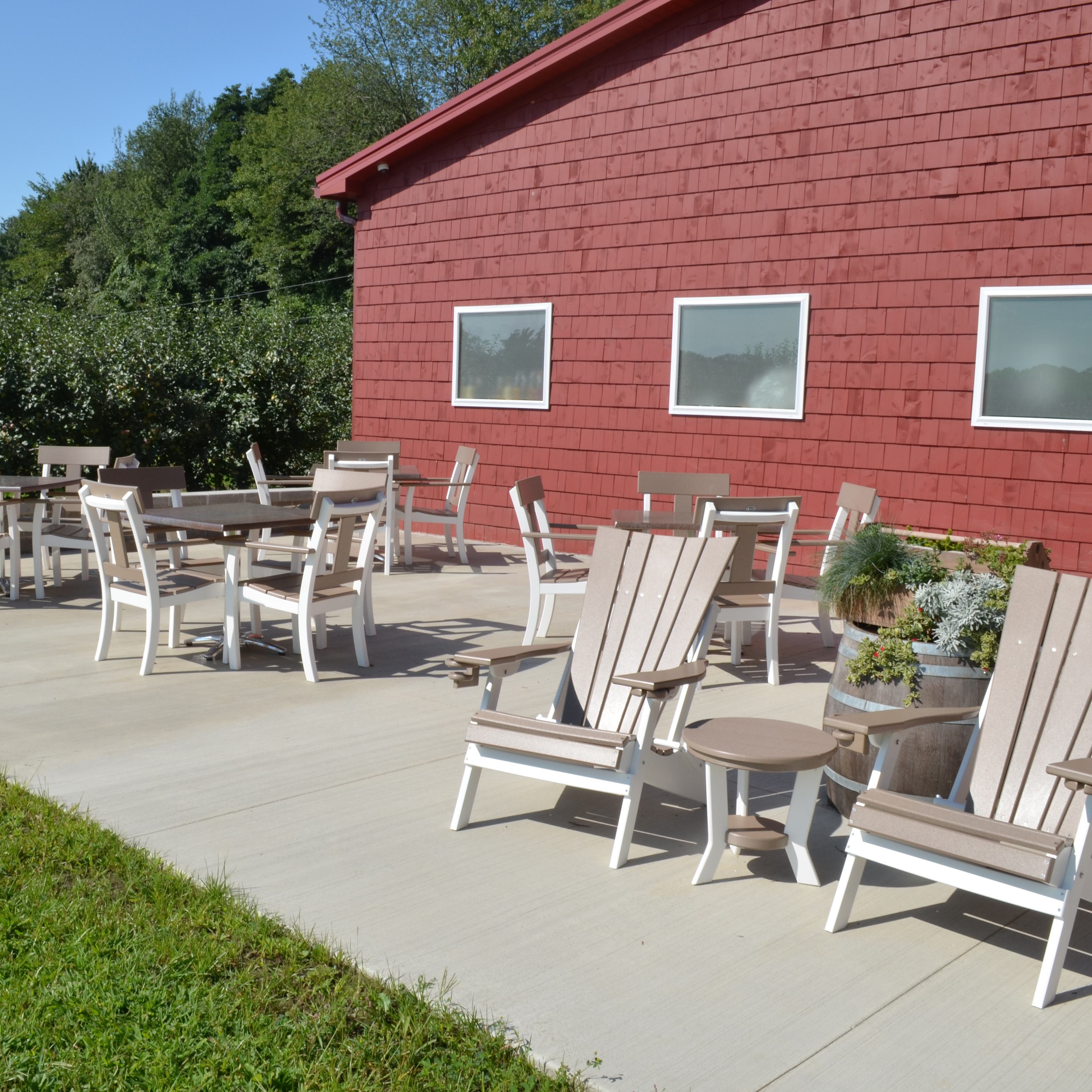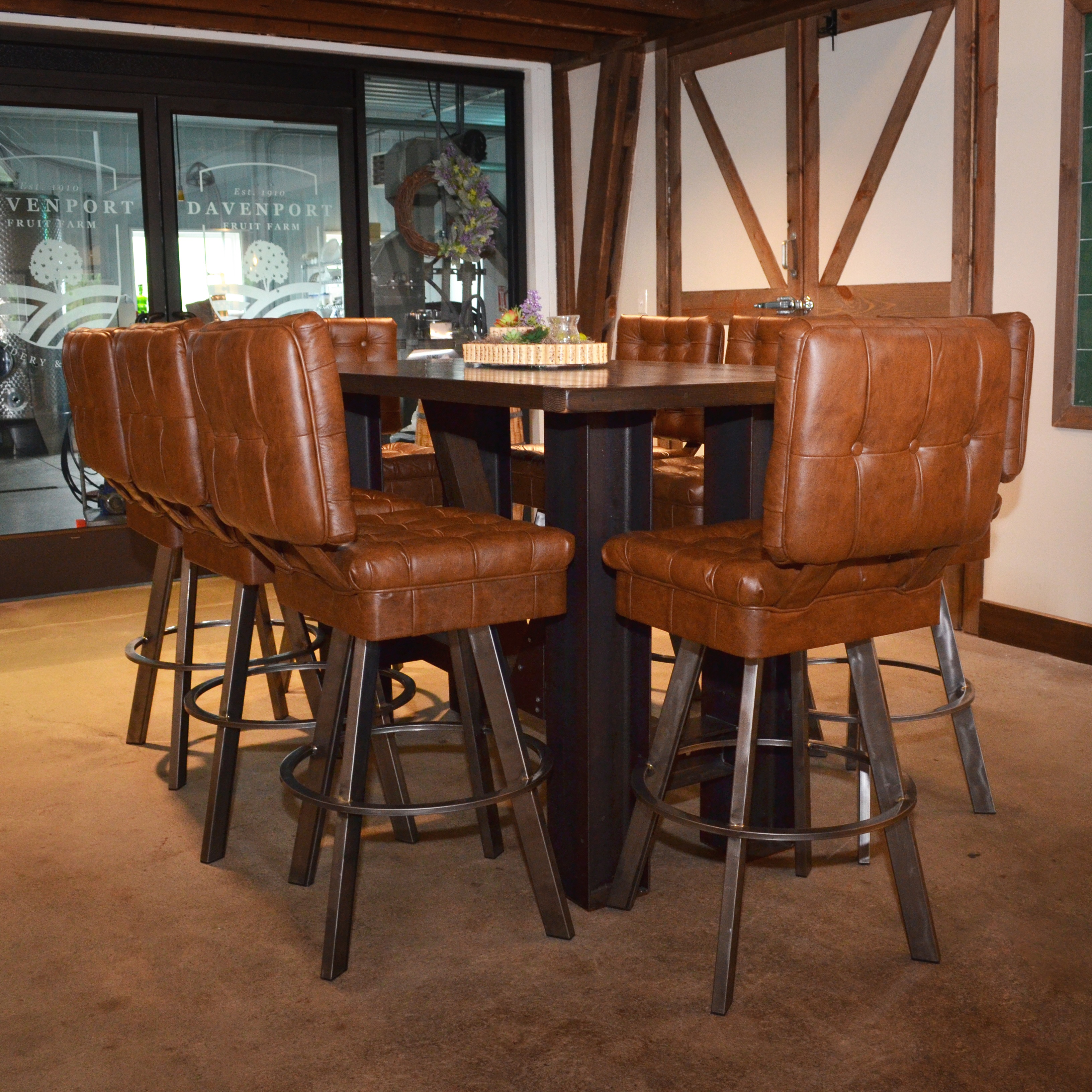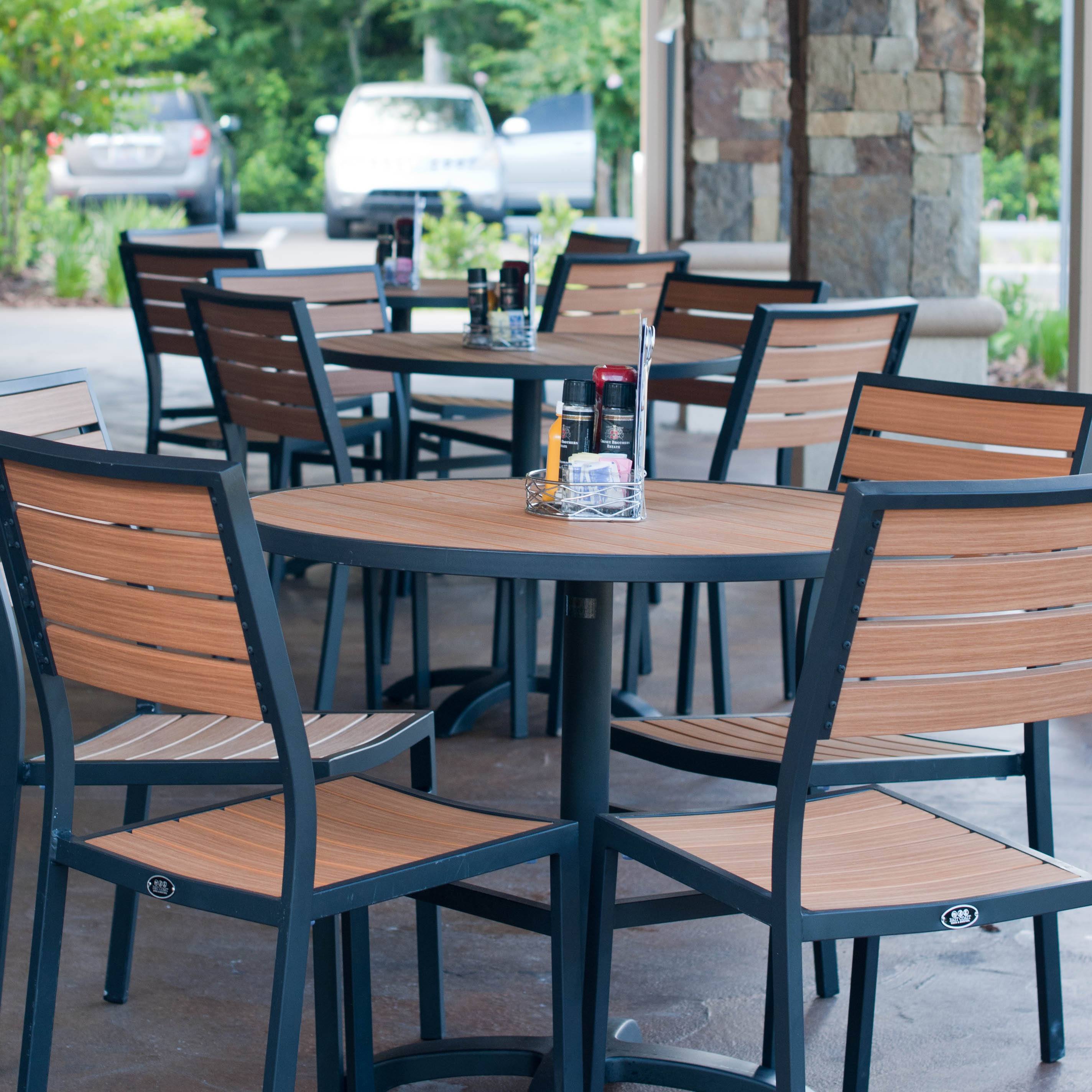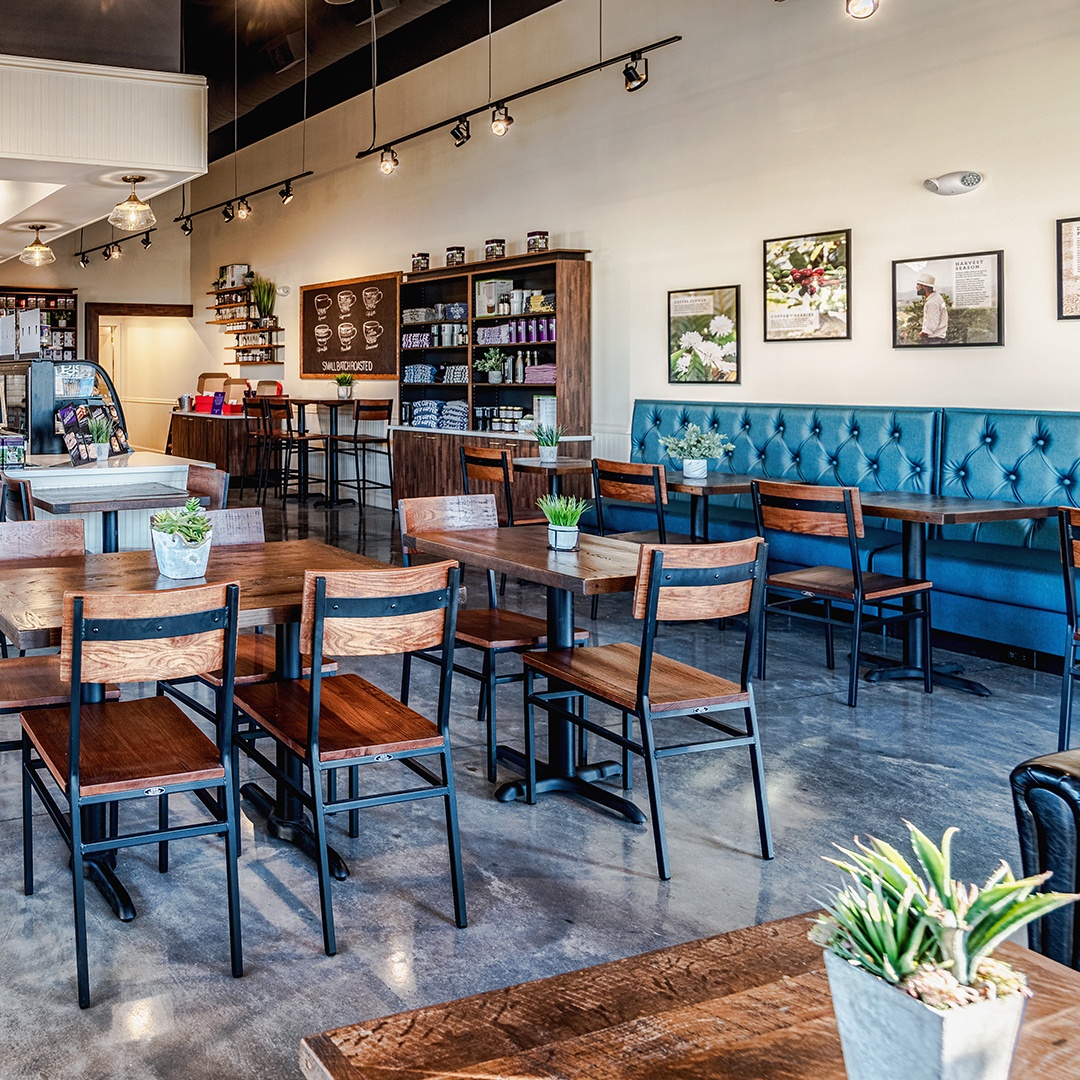There is no restaurant concept more creative than being one step away from literally putting customers behind a prep table or oven. We’re talking about “build your own meal” restaurant concepts and why they flourish. Popular examples of restaurants that use this concept include Blaze Pizza, Chipotle, Noodles and Company, and Burgatory. These restaurants put the creativity in customers hands as they select the ingredients and toppings that are going into their entrée, with endless possibilities.
See how this concept works and how you can shake up your restaurant’s processes with these tips!
Smooth Ordering
Long gone are the days of ‘can you put the tomatoes on the side?’ and ‘can I substitute kale for lettuce?’ Commonly these restaurants use an assembly line system where the meal and customer move down the line or, at sit-down establishments, customers fill out a check list of everything they want on their entrée.
This should also reduce the margin for error with a server taking down an order. It’s easier for something to be misheard and written down incorrectly at a bustling restaurant versus a customer putting a tick mark next to jalapenos.
The typical ordering process for these restaurants allows customers to order comfortably and not have to communicate their likes and dislikes to a waiter- picky eaters unite! It can also save the staff time going through each option with the customer.
What you can do in your restaurant: Streamline the order process for customers by breaking it down, step by step. Start with the base meal and work your way up with options. For example, start with the different kinds of meat they can choose for their burger. Then, work to buns, cheese, toppings, and sauces to finish their order.
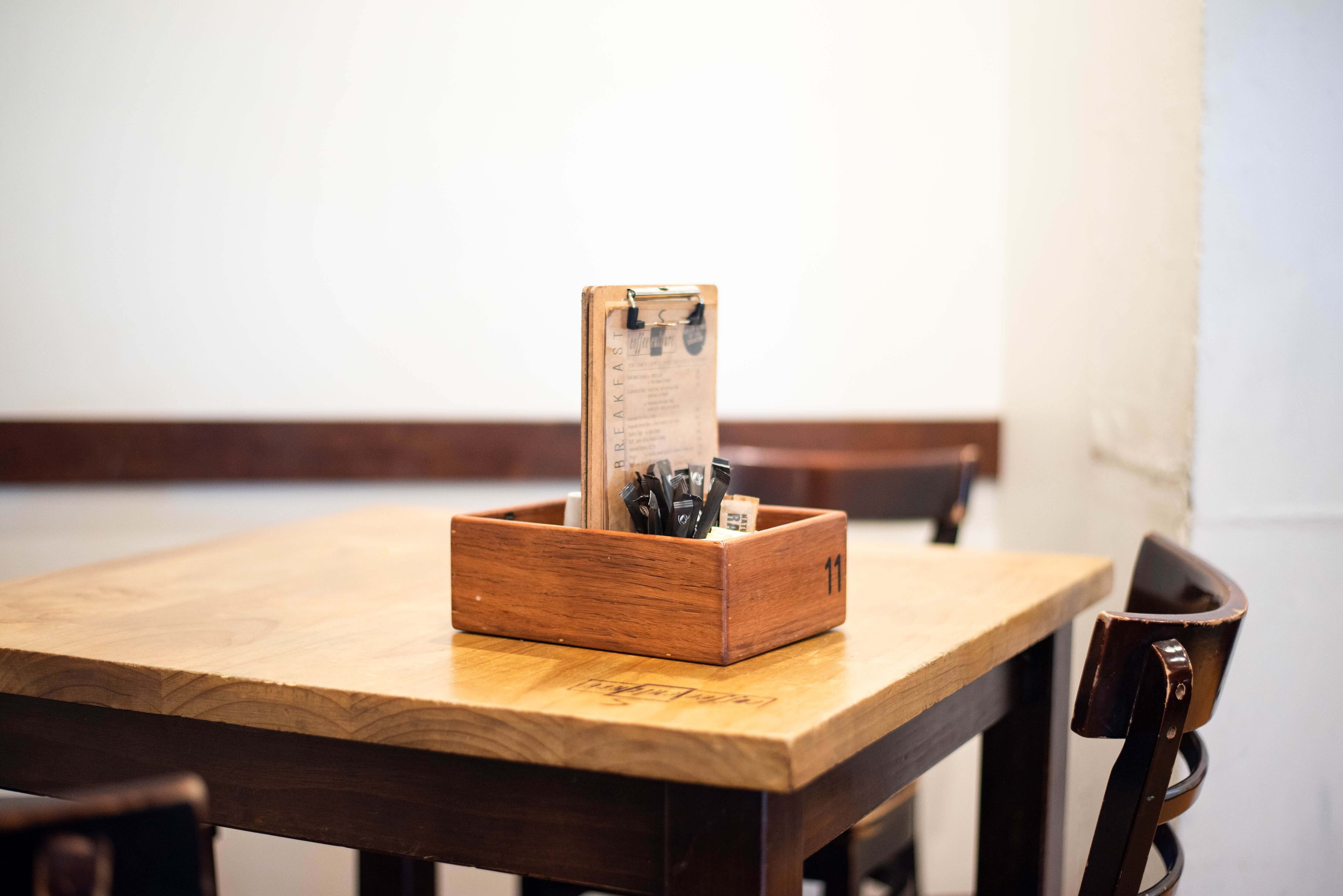
Transparency
With “build your own meal” concepts, restaurants are forced to be upfront and honest about their ingredients. It’s likely you’ve been to eateries where you can see their ingredients behind a sneeze guard and they aren’t really looking as “fresh” as they say (here’s looking at you, Subway).
When customers are building their meals down the line or even from a notepad, they want to see basic options, as well as some places they can get a little creative. These ingredients need to look and sound (if written) appetizing to invite customers to have a little fun with their food.
Restaurants offering truly fresh ingredients can make customers can feel good about what they’re choosing to put into their bodies. So, try partnering with local farms to get fresh produce or meat. This is not only a mutually beneficial partnership but will promote local sustainability and sourced foods as well.
What you can do in your restaurant: Label, label, label! If ingredients are gluten-free, vegetarian/vegan-friendly, or soy-based, let customers know. The more detailed you can be with your ingredients, the better.
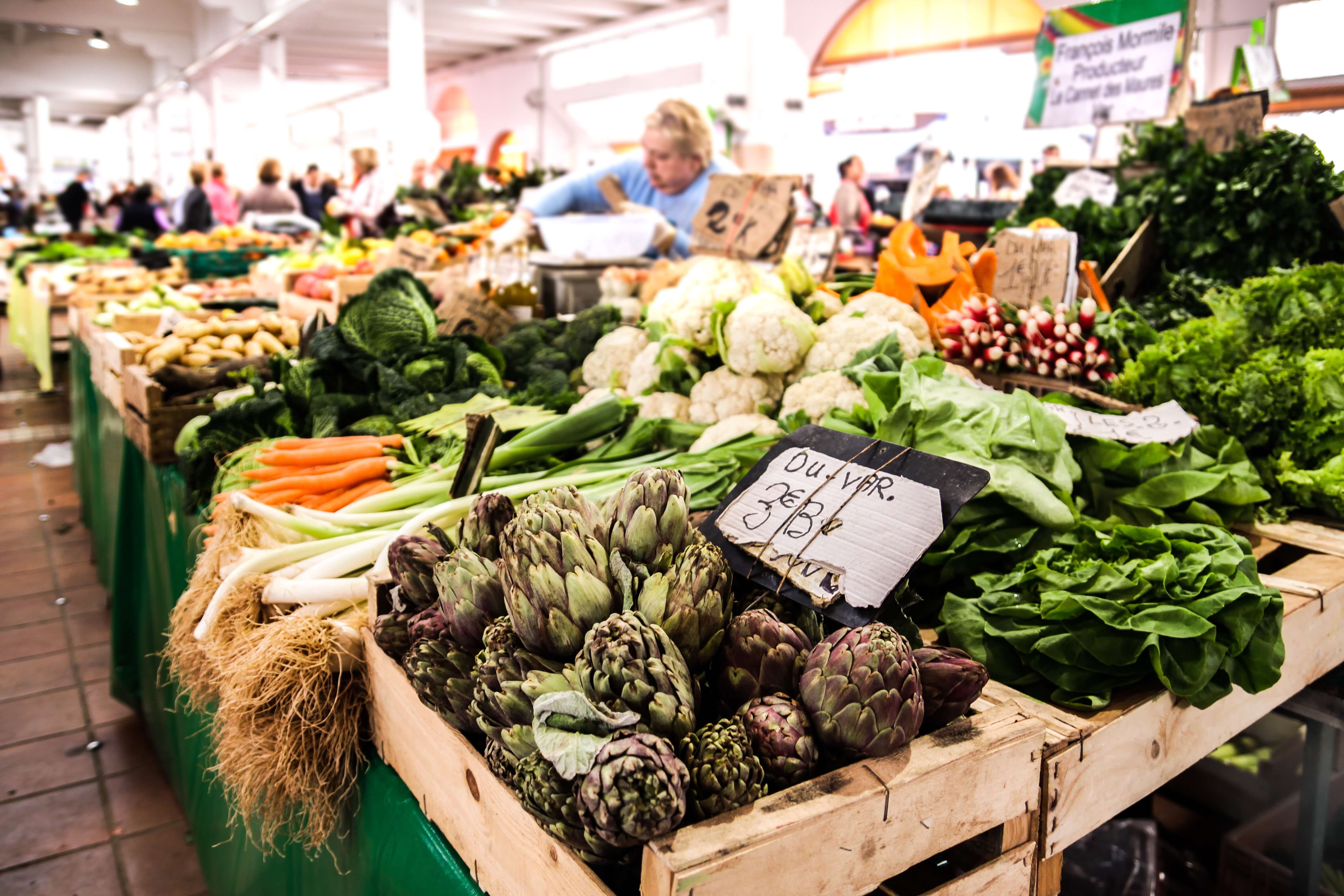
Experience
The modern restaurant is moving toward these customized experiences, like “build your own meal”, because it integrates the customers into the theatrics. Dinner becomes much more like a production than just ordering tacos a specific way, it’s a curated food adventure.
With the possibilities of “build your own meal” concepts, customers could come ten times to your pizza place but have a different experience every single time based on their choices.
There is just a little ego-building that goes into “build your own meal” concepts. Customers are being asked to take the reins, so it’s up to them what they create. If they create something they love or is just not quite what they were hoping, there’s a possibility they’ll be back to tweak it so it’s perfection.
Try also featuring a combination of the month. This could spark a customer’s creativity while also enticing people to stop by!
What you can do in your restaurant: When you make your list of ingredient choices, make sure to not offer flavors that will ruin a customer’s meal. For example, if a customer has decided to float their burger in a marmalade and they’re not satisfied with their meal, technically, that was their choice, but you don’t want that to impact their possibility of a return visit.

The trend of putting the customer in control works seamlessly with “build your own meal” concepts because of their smooth ordering process, transparency, and experience value. Putting the customer in charge really changes the whole dynamic of a restaurant’s traditional business model.
Would you ever try adding “build your own meal” aspects to your menu offerings? Let us know in the comments below.


